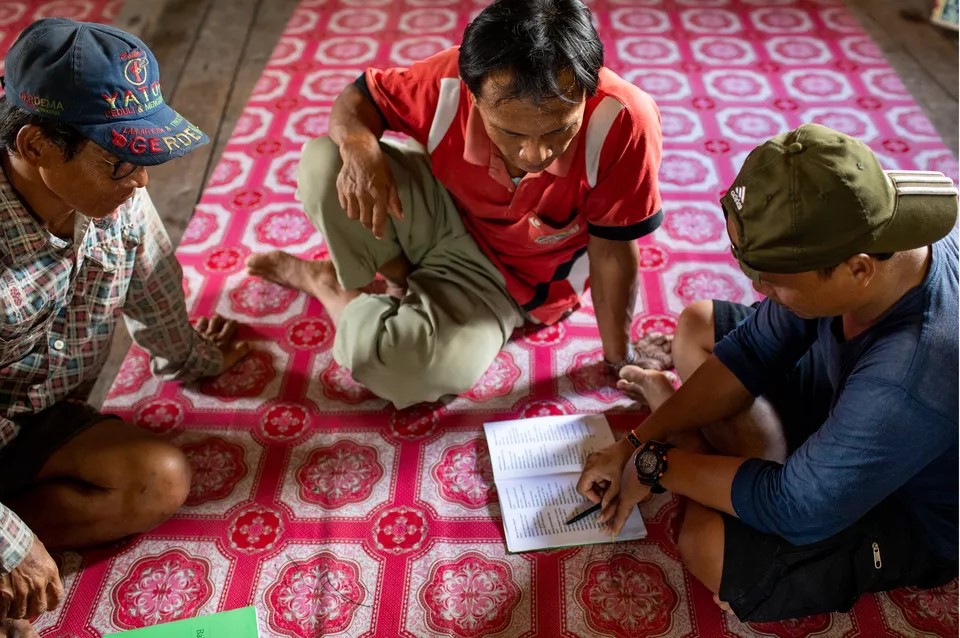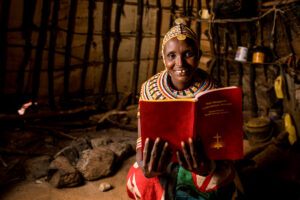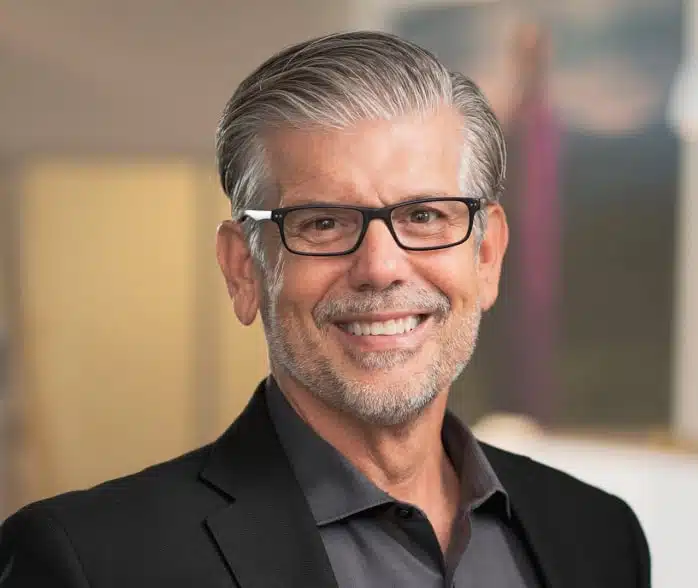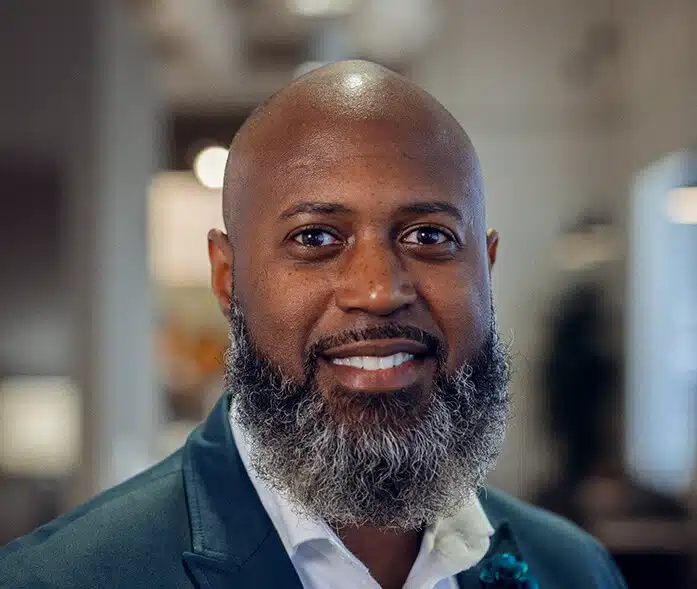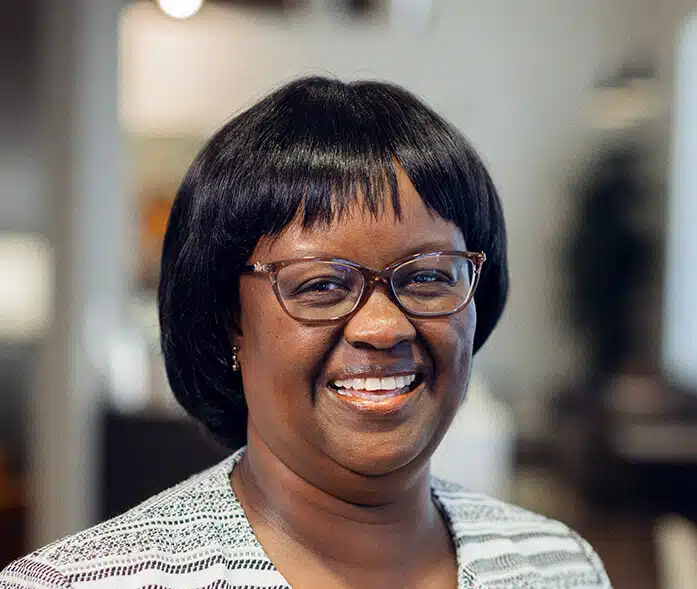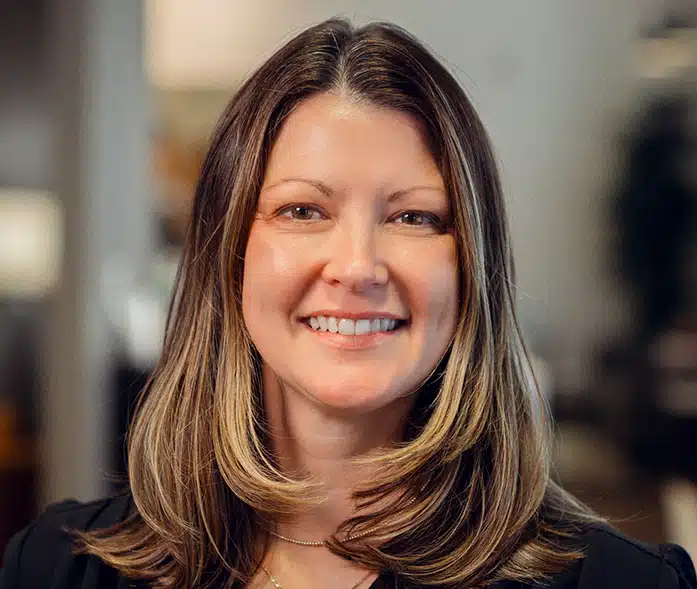It’s so much more than words—translation is everything.
Translation takes a thought in one form and turns it into another. Watch the video below and see why it’s so much more than words.
When you hear the words Bible translation, you might imagine missionaries in jungle huts, pouring over books and handwritten notes. It used to take decades to complete a New Testament, but today Bible translation looks very different.
Equipping Locals
The traditional thought of the 1980s was that only highly trained missionary linguists could translate the Bible. But today, most translations are led by national teams with local, mother-tongue translators. Local ownership removes the language learning curve that expatriates would normally experience. Instead, Seed Company supports local teams with translation training and resources so the work is community-owned and led.
Faster, Focused Impact
Teams aren’t waiting to translate the whole Bible before they get Scripture to their communities. Most translation projects today are making a community impact in the first three to six months.
Local leaders determine which portions of Scripture they’d like first. An example is the book of Luke and the “JESUS” film. Depending on the culture, Genesis or Esther might be better suited. Either way, because it’s led by the community, they already know how they will implement Scripture for greatest impact. You can learn more about how Bible translation works here.
Multiple Mediums for Scripture
The end product of Bible translation could be a printed Bible, but it could also be video, audio, or training for locals to share oral Bible stories. Based on the community needs, a plan is strategically crafted. The products of Bible translation might include:
- The “JESUS” film encompasses 70 percent of the gospel of Luke and has been translated into over 1,600 languages. For many people groups, it is the first and only movie ever produced in their language. It points many people to Christ.
- Oral Bible Storytelling allows speakers to learn and present Scripture as well-known Bible stories. These capture the attention of people who relate better to oral, as opposed to written, stories. This is especially impactful in regions where getting caught with the physical Word could lead to persecution.
- Video Scripture for the Deaf includes more than 350 sign languages, representing about 70 million people globally. To date, only one of these (American Sign Language) has a complete Bible. The Deaf community is one of the least evangelized people groups, and these videos produced with Scripture in sign languages are bringing Deaf communities together and raising up leaders to spread the good news.
Advanced Technology
Thanks to technology, translation has accelerated and become more accessible for varied skill levels to participate in. For example, sophisticated computer resources use knowledge from existing translations to accelerate new translations. Technology has also allowed for different mediums to both translate and distribute Scripture. These new means result in greater impact and wider reach.
Let’s Put Things into Perspective
Maybe you’re thinking … but there are so many Bible translations out there already.
That’s true for some languages. English has more than 400 versions of the Bible. In addition, most homes have multiple Bibles that, if we’re being honest, are just collecting dust. There’s no shame in the abundance of Scripture for Americans, but it can skew our perspective of the world’s access to Scripture in their language.
Biblegateway.com has more than 200 versions in 70 languages. This sounds impressive, but do you know how many languages are in the world? More than 7,000! And of those languages, less than 10% have the full Bible. This means over a BILLION people don’t have the full counsel of God. In addition, about 125 million people don’t have a single verse of Scripture in their language.
Think about a verse that’s meant a lot in your life. One favorite verse for many is John 3:16 … for God so loved the world.
But what if you could only read your favorite verse in the Tyndale edition of the Bible, the first Bible in English, from 1535? Here’s what it would look like in that edition:
For God so loveth the worlde yt he hath geven his only sonne that none that beleve in him shuld perisshe: but shuld have everlastinge lyfe.
Yep, that’s in English. But it’s hard to read, isn’t it? And for people reading the Bible in their second or third language, it’s even harder.
There are a lot of Bible translations out there, and most people have a translation available in their second or at least their third language. But can they really understand it? Remember your Spanish or French class from high school? How comfortable would you be if you only had Scripture in a language you didn’t identify with?
Heart Language Scripture
Most of these remaining languages are marginalized people groups. Even if they are fluent in the language of wider communication, it may be associated with rejection and isolation. By providing Scripture in the language that people dream and express emotion in, they are given access to a loving Father in a new way. He’s no longer a foreign God.
As the Message translation puts it, Jesus “moved into the neighborhood” (John 1:14). Once people receive his love letter in their language, they believe he truly knows and understands them. They have the freedom to worship and pray in the language of their hearts.
Over 1,600 people groups are waiting to experience God’s Word in their own language. There are mothers and fathers, young people and old people, and generations being birthed today who need the verse that changed your life. And that’s why Bible translation matters.
Let’s partner with God and one another for the Great Commission! Your investment can make Scripture available for those who have never had God’s Word before.

